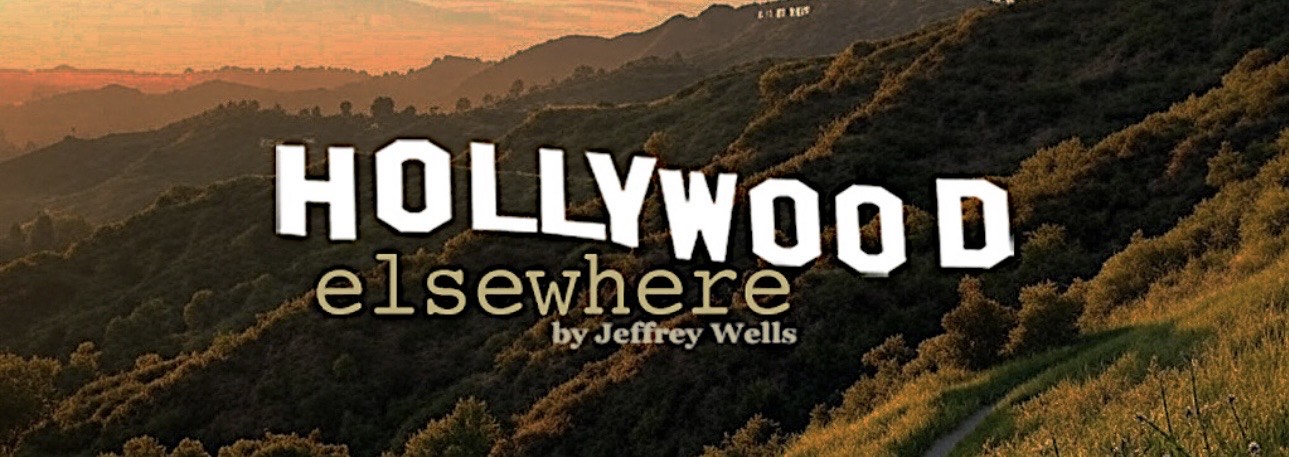A 7.5 Brent Lang Variety piece reports that Chris Nolan‘s Dunkirk (Warner Bros., 7.21) will open in 70mm celluloid in 125 locations. “The widest 70mm release in 25 years,” Lang’s headline proclaims.
Okay but calm down because (a) Joe and Jane Popcorn don’t give that much of a toss, (b) the 70mm Dunkirk roll-out is only 25 theatres larger than the one for Quentin Tarantino‘s The Hateful Eight, and (c) no one except hardcore cinefiles give a damn about this either. I respect Nolan and Tarantino’s devotional belief in the visual power of 70mm, but time has given this once-supreme shooting and projection format the go-by.
IMAX is still terrific (the size alone rules) but Nolan’s thing for 70mm is, I feel, essentially sentimental. Championing 70mm projection as the ultimate cinematic rush experience just doesn’t pass the 2017 smell test. Not in my world, it doesn’t. Ask any honest, forward-thinking cinematographer about the latest 8K cameras or the Arri Alexa 65, which is what War For The Planet of the Apes and portions of The Revenant were shot with. Hell, ask me or anyone who’s seen Matt Reeves’ simian masterpiece — the images are immaculate, stunning, to die for.
See War For The Planet of the Apes in a theatre with state-of-the-art digital projection, and you won’t hear a single soul saying “oh, Lordy, why couldn’t they have shot it in good old IMAX and 70mm instead?” That viewpoint is over.
I’m not suggesting that Dunkirk won’t be luscious to simply gaze at (from a purely visual standpoint it could probably be sold to the American Cinematographer techno-geeks as FUNkirk) but we’ve reached a point in which the difference between IMAX and 70mm celluloid and the latest high-end digital capturings are apples and oranges.
The difference this time, I’m presuming, is that Hoyte van Hoytema‘s large-format cinematography (a combination of 70mm and IMAX) will capture images that are much richer, sharper and more robustly lighted than Robert Richardson‘s 70mm cinematography for The Hateful Eight. 30% of Tarantino’s western used white wintry conditions with the other 70% shot inside a darkly lighted cabin.
“I have been a longtime proponent of film — particularly the IMAX film format — as a storytelling medium,” Nolan said in a statement about the 70mm roll-out. “The immersive quality of the image is second to none, drawing the audience into the action in the most intense way possible.”
Due respect but when you’re talking about intensity in the action realm, the most riveting format you can shoot with today is high-frame-rate (48, 60 or 120 fps). Certainly when it comes to spectacle, movement and violence. If you saw the battle sequence in Ang Lee‘s Billy Lynn’s Long Halftime Walk, you know what I’m talking about. Does HFR seem as textured and painterly as IMAX or 70mm? Okay, no, but you can’t have everything.
This is why I’m very excited about a plan on Lee and producer Jerry Bruckheimer‘s part to shoot Gemini Man, a forthcoming action thriller with Will Smith, in HFR. You can make the argument that HFR photography doesn’t work or is unnecessary when it comes to medium-shot or CU dialogue scenes, but it kills when somebody starts shooting or running or jumps into a fast car.
